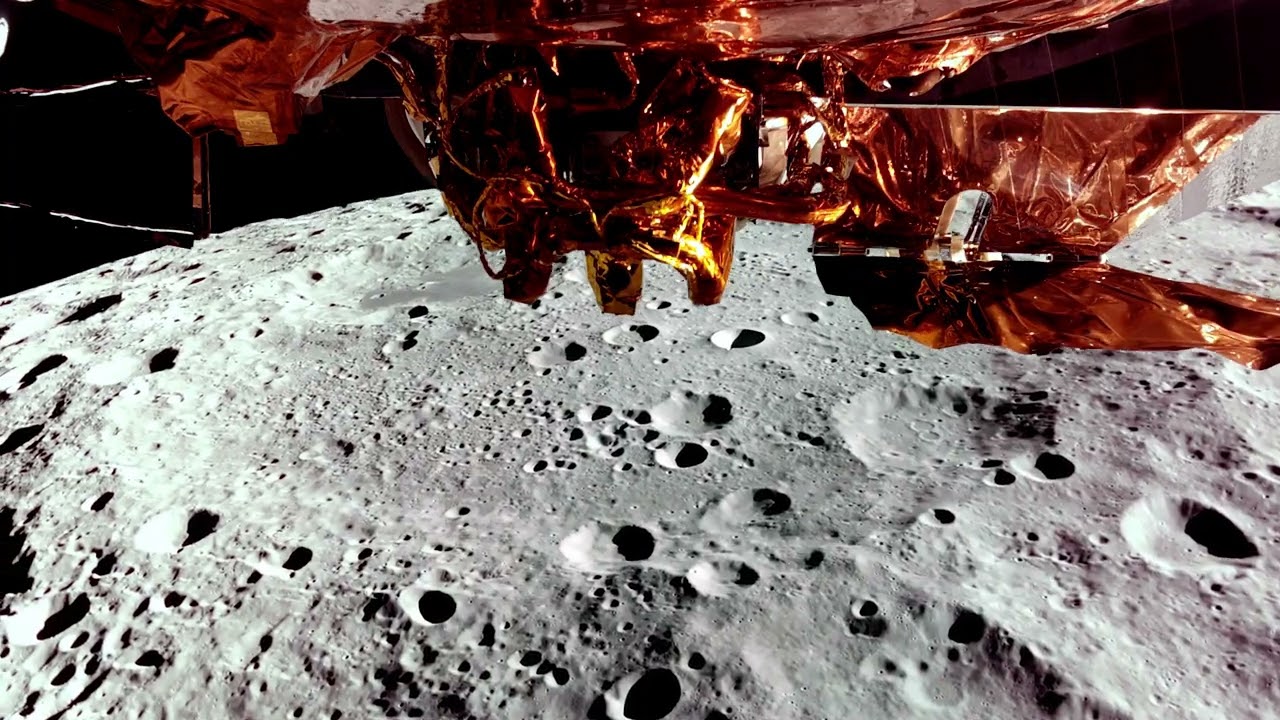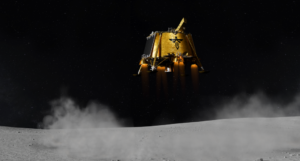
After its launch on January 15, 2025, and a 45-day transit, the ‘Blue Ghost 1’ mission is scheduled to land on the lunar surface on Sunday, March 2, 2025, starting at 9:34 a.m. Paris time.
Blue Ghost is equipped with 2 optical heads and 1 electronic unit from our Auriga™ star tracker, which ensured the lander’s attitude control during those 45 days.
The mission’s goal is to study the lunar surface in greater detail in preparation for future human missions. It will deliver 10 scientific and technological instruments to the lunar surface as part of NASA’s Commercial Lunar Payload Services (CLPS) initiative.
Blue Ghost will land near a volcanic formation called Mons Latreille, located in Mare Crisium, a large basin situated in the northeast quadrant of the Moon’s near side (when observing the Moon from Earth’s northern hemisphere). Formerly an ancient asteroid impact site, Mare Crisium was formed by volcanic eruptions that flooded the basin with basaltic lava about 3 billion years ago.
After landing, Blue Ghost will operate its payloads for a full lunar day (approximately 14 Earth days). These payloads will help advance lunar research and conduct several first-of-their-kind demonstrations, including tests of regolith sample collection, Global Navigation Satellite System capabilities, radiation-tolerant computing, and lunar dust mitigation measures. These investigations will pave the way for humanity’s return to the Moon. The data collected will also benefit activities on Earth by providing insights into how space weather and other cosmic forces impact the planet, among other valuable scientific research.

